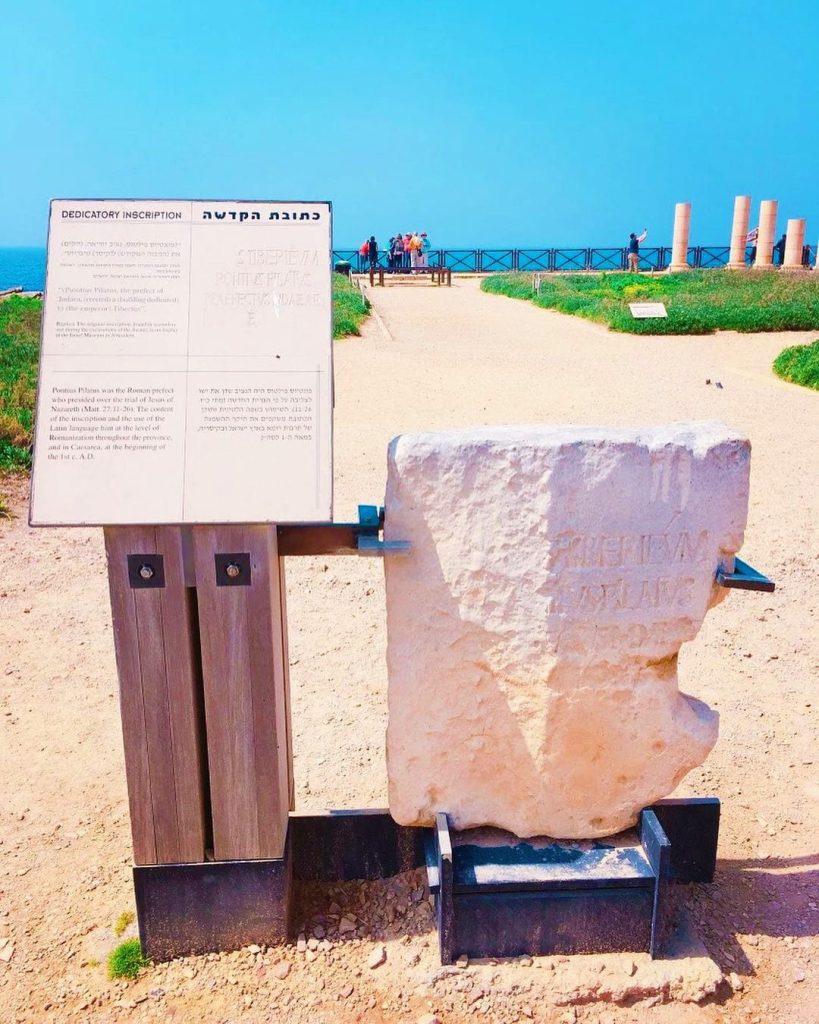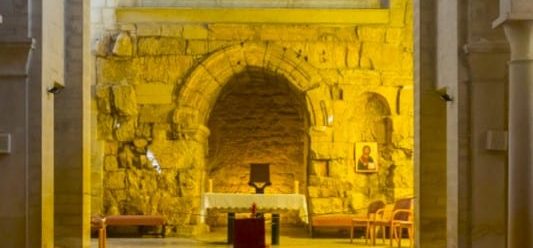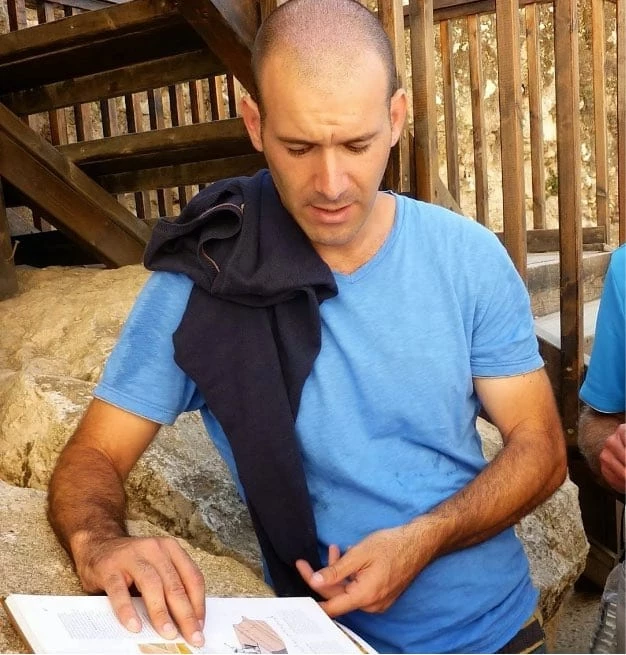Pontius Pilate was Judea’s Roman prefect (governor) from 26 to 36 CE. He is best known for presiding over the trial of Jesus and ultimately ordering his crucifixion.
Pontius Pilate was born in Abruzzo, Italy, to a wealthy equestrian family. He served in the Roman army before being appointed governor of Judea. Pilate was responsible for maintaining order in the province and collecting taxes as governor. He was also responsible for overseeing the Jewish religious festivals.

Pilate’s tenure as governor was marked by controversy. He was accused of cruelty and oppression by the Jewish people. He also provoked a riot by bringing Roman standards into Jerusalem, which had images of the emperor.

In 30 CE, Pilate was presented with Jesus by the Jewish authorities, who accused him of blasphemy. Pilate initially tried to release Jesus, but the Jewish leaders pressured him to have him crucified. Pilate eventually gave in to the pressure and ordered Jesus’ crucifixion.

After Jesus’ death, Pilate was recalled to Rome by the emperor Tiberius. He was never tried for his actions in Judea, and his fate is unknown. Some historians believe that he was dismissed from office, while others believe that he committed suicide.

Pontius Pilate is a complex and controversial figure. He was a Roman official responsible for Jesus Christ’s death. However, he was also a man who was caught between two cultures and two sets of laws. He was ultimately unable to find a way to reconcile the demands of the Jewish people with the demands of his Roman masters.
Pilate’s story is a reminder of the complexities of history and the difficulty of making moral decisions in the face of political pressure. It is also a reminder of the power of faith and the importance of standing up for what one believes in.
Additional Facts About Pontius Pilate:
- He was the fifth governor of Judea under Roman rule.
- Emperor Tiberius appointed him.
- He was accused of cruelty and oppression by the Jewish people.
- He provoked a riot by bringing Roman standards into Jerusalem.
- He presided over the trial of Jesus and ordered his crucifixion.
- He was recalled to Rome by the emperor Tiberius.
- His fate is unknown.
Pontius Pilate is a fascinating and complex figure who has been the subject of much debate and discussion. His story is a reminder of the complexities of history and the difficulty of making moral decisions in the face of political pressure.







